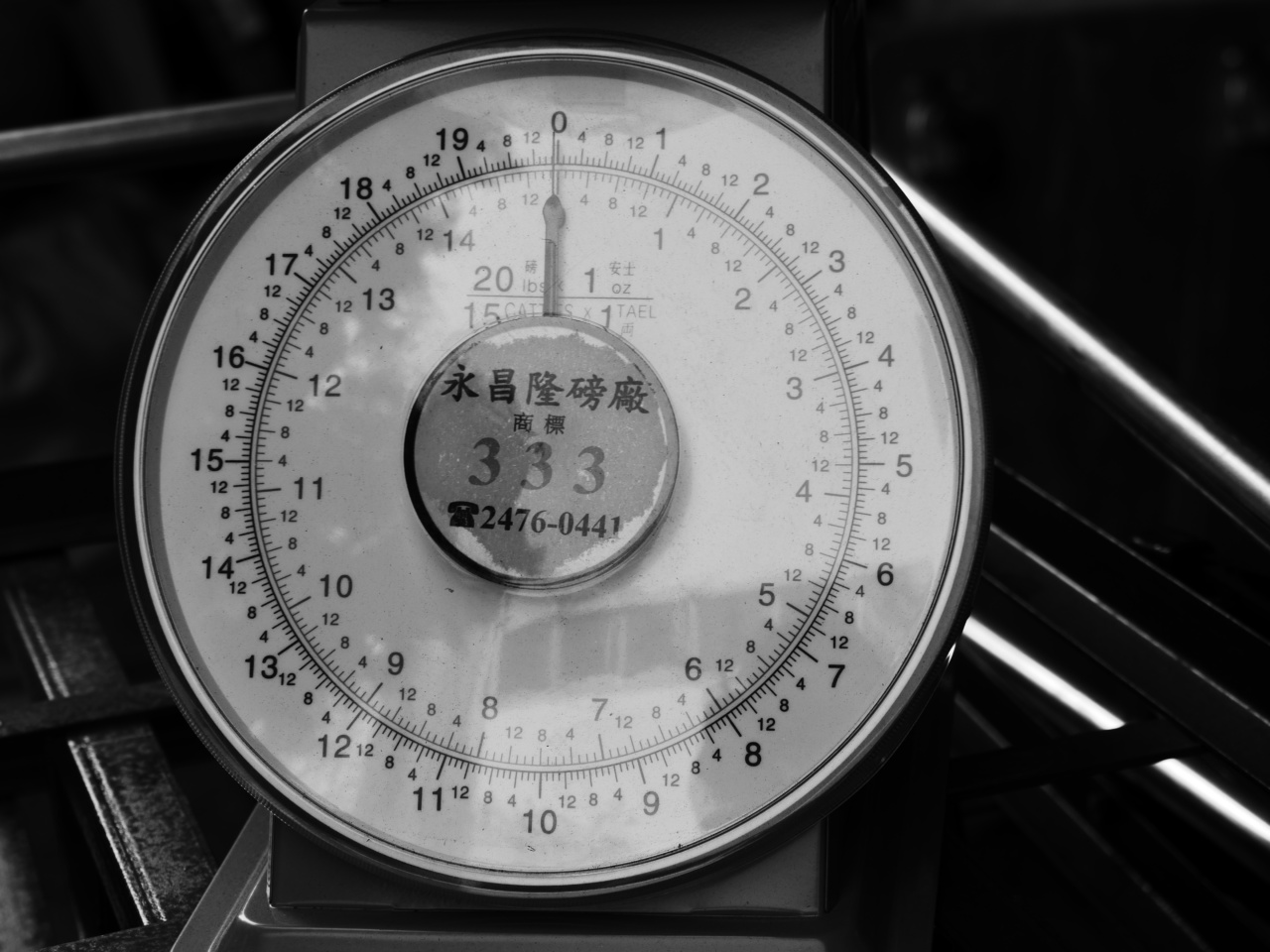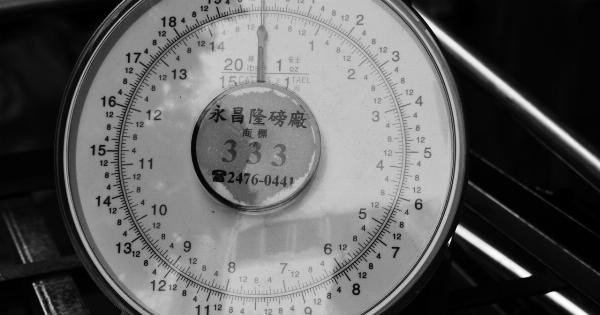Blood pressure is a vital sign that is used to measure one’s cardiovascular health. It measures the force that the blood exerts on the walls of the arteries as it flows through them.
High blood pressure can cause damage to these walls, leading to serious health problems such as stroke, heart attack, and kidney disease.
As such, it is essential that blood pressure readings are accurate. Many devices are available on the market that measures blood pressure, but not all of these are reliable.
This article will explore the accuracy of our devices to measure blood pressure and what factors can affect their accuracy.
Factors Affecting Blood Pressure Readings
Several factors can affect blood pressure readings, and it’s essential to understand these factors to ensure that the readings are accurate.
Cuff Size
The cuff size used during blood pressure measurements is crucial. The size of the cuff determines the pressure required to occlude the artery adequately. It’s important to use the correct cuff size as this can affect the accuracy of readings.
Using a cuff that’s too small can lead to false high blood pressure readings, while using a cuff that’s too big can lead to false low readings.
Arm Position
The position of the arm during blood pressure measurement is another important factor that can affect readings. The arm should be supported at heart level with the palm facing upward. If the arm is not supported correctly, it can lead to false readings.
Movement
Movement during blood pressure measurement can also affect readings. Patients should be seated quietly for at least five minutes before measurements are taken to ensure accuracy.
Talking or moving during measurement can cause spikes in blood pressure, leading to false readings.
Caffeine and Tobacco
Caffeine and tobacco use can also affect blood pressure measurements. Caffeine causes blood vessels to constrict, while tobacco increases heart rate, which can lead to false high readings.
Body Position
The body position during measurement also affects blood pressure readings. Blood pressure readings taken while standing are generally higher than those taken while sitting or lying down.
Types of Blood Pressure Monitoring Devices
Several types of blood pressure monitoring devices are available on the market today. Among these devices, sphygmomanometers (manual and digital), wrist monitors, and ambulatory blood pressure monitors are the most commonly used.
Sphygmomanometers (Manual and Digital)
Sphygmomanometers (manual and digital) are the most accurate devices available for measuring blood pressure.
These devices use an inflatable cuff that’s wrapped around the upper arm and a stethoscope to measure the systolic and diastolic blood pressure.
The manual sphygmomanometer requires a clinician to inflate the cuff using a rubber bulb while listening for the Korotkoff sounds through the stethoscope, while the digital sphygmomanometer uses oscillometry to measure systolic and diastolic blood pressure automatically. Digital devices are easier to use, but may not be as accurate as manual devices in certain circumstances. The accuracy of digital sphygmomanometers can be affected by factors such as body movement, incorrect cuff size, and arm position.
Wrist Monitors
Wrist monitors are also available on the market and are convenient to use. These devices are smaller than sphygmomanometers and can easily fit into a purse or pocket.
However, wrist monitors can be less accurate than upper-arm monitors due to the position of the wrist during measurement. The wrist monitors are also affected by factors such as body movement and incorrect cuff size.
Ambulatory Blood Pressure Monitors
Ambulatory blood pressure monitors are worn on the wrist and measure blood pressure at regular intervals throughout the day and night. It is useful for diagnosing and monitoring individuals with high blood pressure.
These devices record blood pressure readings during normal daily activities, providing a more accurate picture of blood pressure levels over time. However, ambulatory blood pressure monitors are usually more expensive than other types of monitors and require specialized training to use. Additionally, it can be affected by factors such as cuff positioning, movement, and incorrect cuff size.
Conclusion
Blood pressure measurement is crucial in diagnosing and monitoring various cardiovascular conditions. It is essential to choose a blood pressure monitoring device that is accurate and reliable.
Sphygmomanometers (manual and digital) are the most accurate devices available while wrist monitors are less reliable. When choosing a blood pressure monitor, it’s crucial to consider factors that can affect the accuracy of readings, such as cuff size, arm position, movement, caffeine and tobacco use, and body position.
By understanding these factors, patients can ensure that their blood pressure readings are accurate and reliable, providing a more accurate diagnosis and monitoring of their cardiovascular health.





























